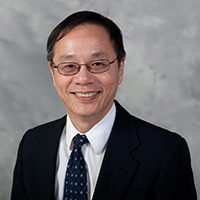 |
| Dr. Vigor Yang |
AE School Chair Vigor Yang this week named Prof. Stephen Ruffin to the position of associate chair for graduate programs, a move that signals a renewed commitment to the graduate student experience at AE. The 23-year veteran faculty member joins an AE School leadership team that also includes associate chair for administration & finance, Prof. Jeff Jagoda, and associate chair for undergraduate programs, Prof. Lakshmi Sankar.
Ruffin has served in several leadership capacities during his tenure at Tech, including NASA’s Georgia Space Grant Consortium, the Sloan University Center of Exemplary Mentorship Scholarship program, and the AE Aerodynamics & Fluid Mechanics discipline group. As associate chair, he will be responsible for:
- Initiating and guiding a strategic plan for the AE graduate program that addresses the ongoing improvement of both the educational offerings and the student experience;
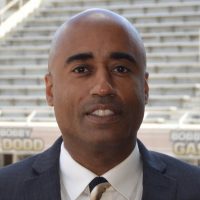
Dr. Stephen Ruffin - Coordinating AE’s graduate student recruitment and admission efforts;
- Guiding and advising international graduate students;
- Overseeing the success of students enrolled in the Distance Learning Program;
- Matching incoming graduate students with advisors, fellowships, teaching assistantships, etc.
We asked Prof. Ruffin to reflect on his new role and its impact on the AE School
You have attended some of the best aerospace engineering schools in the country (Princeton, MIT, and Stanford) and have collaborated in the field for decades. With that perspective to draw upon, what makes AE such an exceptional grad program?
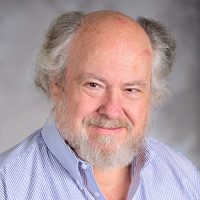 |
| Dr. Jeff Jagoda |
The aerospace engineering school at Georgia Tech has three things that make it have impact: the quality of its research, the breadth of its programs, and the size of its enrollment. When you have those three things, you naturally have a diversity of experience, which works to the advantage of our graduate students, who are exposed to a lot of different perspectives, networks, and expertise.
The AE graduate program was just ranked #2 in the nation. Looking forward, what are your goals for such a highly rated graduate program?
Our number one goal is always to promote the quality in our teaching and in our research, and to expand it as we go forward. Part of that involves attracting the best student talent, by better communicating what we do here and by having an admissions process that actively reaches out to the best students wherever they are. Part of that also involves ensuring that our students have a
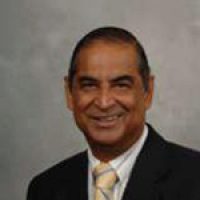 |
| Dr. Lakshmi Sankar |
great experience here. That requires our graduate program to better track our grad students, to provide them with the resources they need to succeed, to make sure they are fully aware of how to get through things like the quals (“qualifying exams”) their dissertation proposal and defense. I also want to revitalize the graduate program committee, which is tasked with continually improving the AE program – hiring new faculty, improving the efficiency of our admissions, and promoting more interdisciplinary and cross-Institute collaborations.
What is the one thing that an AE graduate student should do to improve the success of their program?
First off, we already recruit and enroll very smart, very capable students. The most important thing is to not isolate. It’s really important that you get out there and experience all aspects of the program. That includes publishing papers and going to conferences where you will find out about cutting-edge research and get a new perspective on your work. Part of that perspective is – you have more to learn. And I know: there’s a discomfort in finding out you don’t know everything. But that discomfort will put you on the road to excellence. And that’s where we want you to be.
Are there any mentors from your own graduate school experience whose wisdom you will draw upon to handle this role?
Yes. I have advisors from two graduate schools – MIT, where I earned my master’s, and Stanford, where I earned my PhD – whose advice and perspective were very helpful to me. At MIT, I always felt like my advisor was very supportive, that he cared about my success. But he didn’t micro-manage me. We had a couple of brief meetings in the beginning of the semester where we laid out the broad goals of my program, and, then, he expected me to show initiative. I think that’s an important quality for graduate students. At Stanford, my advisor was even more independent, and I think that can work, too, if you are self-motivated. It showed that he trusted my abilities and expected me to be responsible for my success. Here at Tech, we have many different styles of teaching and mentoring, but I think that my own experience taught me that we have to help students to interpret different mentoring styles so that they come out of our program prepared to find and use resources around them. They need to take an active role in optimizing their graduate program so it works for them.
I also have to credit my father, [the late Spaulding Ruffin], who, in addition to being a Tuskegee Airman, raising a family, and learning to play three instruments, earned a doctorate in chemistry in 1956. There weren’t a lot of guys doing what he did back then and I'm sure that his graduate school experience was different from those of today's grad students. He rarely talked about it, but he always went into everything he did with the attitude that success was a possibility. And then he worked hard to make it happen. I want our program at AE to be one that nurtures the same spirit of excellence and determination.
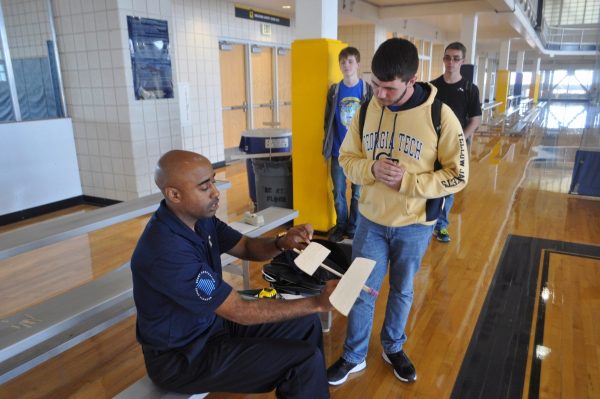 |
| Dr. Ruffin is seen here helping an Intro AE student to redesign a balsa wood flyer prototype so that it won't crash. A specialist in high temperature gas dynamics, compressible flow aerodynamics, and airframe propulsion integration, Ruffin is also head of the Aerothermodynamics Research and Technology (ART) Laboratory and chair of the AE Aerodynamics and Fluid Mechanics Group. |